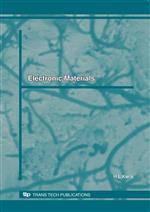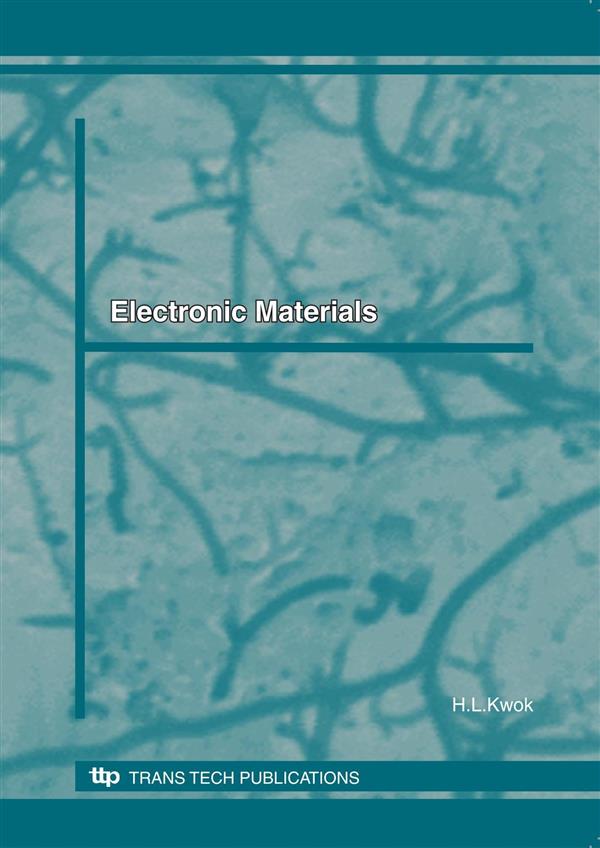Engineering Research
Materials Science
Engineering Series
Electronic Materials
Description:
The electronic properties of solids have become of increasing importance in the age of information technology. The study of solids and materials, while having originated from the disciplines of physics and chemistry, has evolved independently over the past few decades. The classical treatment of solid-state physics, which emphasized classifications, theories and fundamental physical principles, is no longer able to bridge the gap between materials advances and applications. In particular, the more recent developments in device physics and technology have not necessarily been driven by new concepts in physics or new materials, but rather by the ability of engineers to control crystal structures and properties better via advances in crystal growth and patterning techniques. In many cases, new applications simply arise from the adaption of conventional ideas to interdisciplinary areas. One example is that of recent advances which rely heavily upon the availability of the sub-micron technology developed by the semiconductor industry. Another example is the emergence of nanotechnology.
Purchase this book:
Info:
Review from Ringgold Inc., ProtoView:
Kwok (U. of Victoria) has written a textbook intended to bridge the gap between solid-state physics, materials science, and electronics. The author covers all three topics, but with a goal of providing an understanding of the operation of devices. The book introduces classical theories and continues into the varied properties of solids, P-N junctions and related devices, micromachines, sensors, and packaging materials. There is no subject index.

